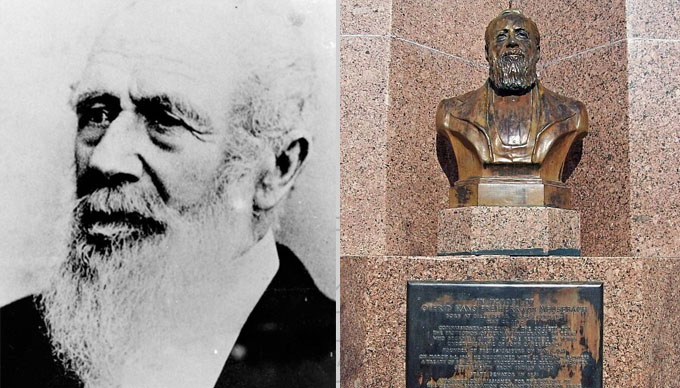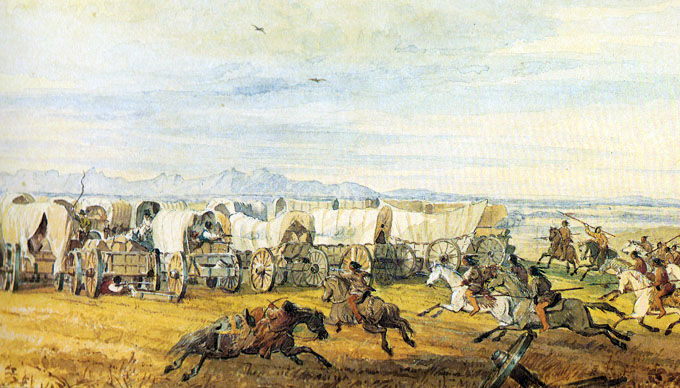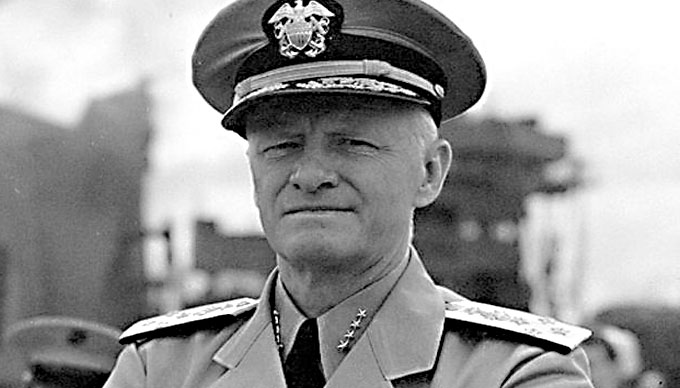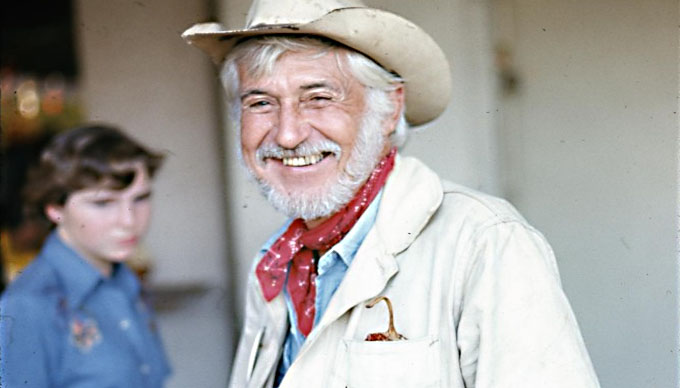No town embodies the spirit of the Texas Hill Country better than Fredericksburg. Its amazing history and vibrant personality make Fredericksburg the Hill Country’s most popular tourist destination, and while we always encourage visitors to explore the entire Hill Country, Fredericksburg would be our choice if we could visit only one town.
Fredericksburg was founded quite abruptly on May 8, 1846 by a group of German immigrants who understood little of the tremendous adversity they faced. Their courage, ingenuity and determination have tremendously impacted the entire Hill Country, and we all still benefit from the ripple effects of their success. This short article won’t do justice to the brave men and women who worked so hard and accomplished so much; we urge everyone to study Fredericksburg’s history more thoroughly elsewhere.
After Texas gained its independence from Mexico in 1836, reports spread around America and Europe of its beauty, its good climate, abundant wildlife, vast expanses of fertile land – and true freedom for its inhabitants. The dream proved irresistible for thousands, and the population of eastern Texas surged. But the rugged terrain and fierce Comanche residents kept pioneers out of the Hill Country for another decade, and Texas became the 28th state in the U.S.A. on December 29, 1845, before there was any major settlement in the Hill Country. In the meantime, Germany was undergoing a turbulent period of famine and political unrest in the early 1840s, and a group of 21 noblemen founded the Society for the Protection of German Immigrants in Texas (or Adelsverein) to promote German settlements in Texas. The Adelsverein offered transportation to Texas, 320 acres of land per family, a good log house, financing for the first year’s expenses and a complete system of utilities for each settlement: gins, mills, hospitals, churches, orphanages and asylums. The promises sounded good to Germans from all walks of life, and hundreds of families embarked on a journey to the new world.
Photo: redsign.com
Sometimes the best-laid plans go wrong, and these were not the best-laid plans. Settlers landed in Texas in 1844 to find inadequate shelter, bad weather, rampant disease, a war brewing with Mexico, and (because their land grant had not yet been surveyed) nowhere to go.
The Society’s first general commissioner, Prince Carl of Solms-Braunfels, was able to purchase 1,300 acres at the site of present-day New Braunfels, and the first colonists arrived there on March 21, 1845. Meanwhile, on February 28, a new general commissioner was appointed: Baron Otfried Hans von Meusebach, better known as John O. Meusebach (his “American” name). Meusebach ran the Society for only two years, but his wise and strong leadership during that critical time has made him one of the Hill Country’s greatest heroes.
Photo: forum.alexanderpalace.org
It was John O. Meusebach who obtained the funds to continue the financially-strapped Adelsverein, and Muesebach who scouted the Pedernales River Valley to find what newspapers called “one of the most fertile, healthy and beautiful sections of the West.” He bought around ten thousand acres on credit, and began to organize a westward migration.
The eighty-mile trip from New Braunfels to Fredericksburg takes just an hour and a half on good highways today, but it took sixteen days for the first wagon train to cover the distance. About 120 settlers, accompanied by eight Society soldiers, arrived at their new home on a Friday evening, May 8, 1846. They dined on the meat of a bear and a panther that had been shot along the way, and camped out that night in the raw Hill Country wilderness. The settlers got to work right away, laying out a town resembling German villages along the Rhine and building small homes from post oak logs. Meusebach named the town Fredericksburg after Prince Frederick, a prominent member of the Adelsverein.
The first public building was the octagonal Vereins Kirche (dedicated May 9, 1847), a combination church, school and fort in the middle of the town. Before most other Hill Country towns were even thought of, Fredericksburg was a thriving town of more than a thousand inhabitants.
Early settlers made a fascinating discovery. On top of a hill just north of town, they found a large wooden cross, apparently left by Spanish explorers. A metal cross now stands on the hill, known as Cross Mountain.
Photo: waymarking.com
One of Meusebach’s major achievements was the 1847 signing of a peace treaty with the Comanches, whose attacks plagued other settlements along the Texas frontier. Although there were isolated incidents of theft and violence around Fredericksburg, and the danger of attack seemed to justify the building of Fort Martin Scott in 1848, the treaty was never broken by either side, and Fredericksburg was spared from Indian depredations.
Unfortunately, the treaty could not protect the settlers from disease. As more immigrant trains arrived, they brought with them an epidemic which claimed between 100 and 150 lives that first year. And while the gold rush of 1849 brought economic gains by virtue of trade with California-bound prospectors, it also brought a cholera epidemic which again decimated the town’s population.
In the meantime, though, Fredericksburg was establishing itself as a center of social, spiritual and commercial life for the whole area. A road linked Fredericksburg with Austin. Churches, schools and commercial buildings (even the hotel later purchased by Charles Nimitz) sprang up along Main Street.
Photo: fortmartinscott.org
Dozens of smaller settlements were established around the town; Fort Martin Scott (named for Major Martin Scott, who was killed at the battle of Molina del Rey in 1847) provided a boost for the local economy as well. In 1848, the Texas legislature made Fredericksburg the seat of a new county (named for Captain Robert A Gillespie, another hero of the recent war with Mexico).
Fredericksburg and Gillespie County continued to prosper through the 1850s, but the rising tension between northern and southern states cast a shadow across the otherwise bright future. There were very few slave-owners in the county (33 slaves were listed in the 1860 census), and sentiment generally favored the Union, but some strongly supported the Confederacy, and the division led to violence; several local Union supporters were murdered, and many more chose to flee to Mexico or simply hid out in the hills. Gillespie County was regarded with suspicion by its pro-Confederate neighbors, and many of those who remained were mistreated and preyed upon.
Because the settlers in Gillespie County spoke mostly German, they were already a little detached from many of their neighbors. The bad experience of the Civil War years made them withdraw even more, and Fredericksburg remained quite a tight-knit, private community for many years. Several factors caused the “walls” to come down during the ensuing decades.
Photo: fortmartinscott.org
The state’s first County Fair (a tradition that continues today) was held in 1881, and friendly visitors came from miles around to enjoy the festivities. The county’s first English-speaking teachers were employed around the turn of the century. Then, in 1913, the San Antonio, Fredericksburg & Northern The audacious German immigrants marched boldly into the heart of Comanche territory to establish the remarkable town of Fredericksburg.
Railroad came to town. Many Fredericksburg residents identified themselves more as Americans during the two World Wars, where Germany and the U.S. were on opposite sides, and many Gillespie County residents served heroically in the American military. The steadily growing town was gaining fame as a tourist destination, and by the 1940s the language barrier was no longer a problem in Fredericksburg, though many old-timers even today speak English with a distinctive German accent. The recognition of Admiral Chester W. Nimitz as a military hero helped establish Fredericksburg’s reputation as an “All-American” town, and more and more delighted visitors chose to make Fredericksburg their home.
Fredericksburg’s historic buildings are the most obvious sign of the town’s character, but the people who built them deserve credit for the mettle and substance of the Fredericksburg mystique. One of early Fredericksburg’s leading citizens was Dr. Wilhelm Keidel, who was hired by the Adelsverein to treat settlers, and was elected the first county judge in 1848. He founded the settlement of Pedernales, seven miles southwest of Fredericksburg, where he treated settlers and Indians alike, often without charge. During the Civil War, he refused to take sides, and treated Confederate and Union sympathizers.
Photo: militaryhistory.about.com
Dr. Keidel’s son, Albert, became a doctor as well, and built a hospital in 1909 that served until the new Hill Country Memorial Hospital was built, and still stands on Main Street in Fredericksburg. His great-grandson, architect Albert Keidel, is generally credited with realizing the potential of Fredericksburg’s historic buildings back in the 1930s and doing beautiful restorations on several while encouraging others to follow suit.
Charles H. Nimitz, a retired sea captain, bought a four-room hotel on Fredericksburg’s main street in 1855, and built it into a fine hotel, complete with a steamboat-shaped superstructure and a famous Casino Hall that became the center of Fredericksburg’s social life. His grandson became Fleet Admiral Chester W. Nimitz, commander-in-chief of American forces in the Pacific, and was chosen to receive the Japanese surrender in 1945. The hotel is now the Nimitz Museum, part of the National Museum of the Pacific War, and one of Fredericksburg’s leading attractions.
Christian and Phillip Crenwelge fled the draft in Prussia in 1852 and set out for South America. Unable to board their ship, they took a ship to New Orleans the next day. Two years later, in 1854, they arrived in Fredericksburg and wrote to their family back in Prussia of the “rich and wonderful” place they had discovered. Their parents and four younger siblings arrived in Texas the next year, and all became American citizens in 1860. Like “déjà vu all over again,” war overshadowed their new life, and Carl Crenwelge was murdered by Confederate renegades led by J.P. Waldip after hiding in a well to avoid the informal “draft.” (Waldip and his “Haenger Bande” terrorized the town during the Civil War. He and his gang were killed in a shootout at the Nimitz Hotel in 1876.)
Photo: wikipedia.org
Georg Wilhelm Crenwelge, 19 years old when he arrived, married one of the original settlers, Sophie Campe, who had been six years old when her family followed John O. Meusebach to Fredericksburg in 1846. They bought a town lot on Main Street and built three houses (a log cabin and two rock homes), one of which is still standing near Crenwelge Motor Sales.
Christian Crenwelge became a cabinetmaker and farmer, and built a home from hand-hewn timbers and native stone on Schubert Street in 1856. In 1872, he purchased the lot across the street at a sheriff’s sale and operated a molasses press. In 1903, he built a charming Victorian “Sunday House,” which serves as a bed-and-breakfast today. He sold both properties after the death of his wife in 1906.
Ruben Crenwelge opened an automobile and service station and repair shop on the east side of town in 1927. His son, Milton Crenwelge, built the business into Crenwelge Automotive Group, which operates dealerships in Fredericksburg and Kerrville. Milton’s son, Tim, served fourteen years as a city councilman and six years as Fredericksburg’s mayor. The Crenwelge name is on street signs, historical markers and modern businesses.
Photo: Nicolas Henderson
German immigrants were the first settlers here, and still form the backbone of the community (Crenwelge Automotive Group still has several employees who speak German, to take care of older customers whose primary language is German). However, other ethnic groups have made increasing contributions to the town’s culture and economy. With the recent closing of Knopp & Metzger’s department store, the oldest retailer in town is the very-Irish-sounding Dooley’s, an old fashioned five-and-dime founded in 1923.
Interestingly enough, two non-residents contributed greatly to Fredericksburg’s “discovery” as a great place to visit. Lyndon Johnson’s Texas White House was just a few miles down Hwy 290, and a multitude of news reporters came to Fredericksburg between 1963 and 1968 while Johnson was president. Then, in 1971, an athlete/writer/musician/comedian/promoter named John Russell “Hondo” Crouch bought the neighboring town of Luckenbach (with his partner, actor Guich Koock) and proclaimed himself mayor.
When Willie Nelson sang at the town’s “Great World Fair” in 1973, Luckenbach gained a reputation as a haven for country musicians and fans. A year after Crouch’s death in 1976, Waylon Jennings and Willie Nelson memorialized the town with their smash hit song, and thousands of visitors flocked to Luckenbach, discovering Fredericksburg at the same time. Hondo’s daughter, Cris Graham, now runs “Hondo’s,” a restaurant and live music venue on West Main Street in Fredericksburg; his widow, Shatzie, is active in the community and a main supporter of the Pioneer Museum. (If you’d like to learn more about Hondo Crouch, his other daughter, Becky, has written a book called “Hondo, my father.” It is available in local stores and on Amazon.com.)
Photo: texashistory.unt.edu
Starting sometime in the 1980s, the tourism trade began to make Fredericksburg into a boomtown, and noteworthy newcomers boosted the town’s cultural and artistic community. The Texas Hill Country magazine has featured stories of several Fredericksburg sculptors in past issues: Jonas Perkins is from Chicago, while Johann Eyfells is from Iceland and Dr. Marshall Cunningham is from Louisiana; all have chosen Fredericksburg as their home in recent years, joining noted longtime residents like artist Charles Beckendorf and jewelry-maker Jeep Collins. Many other imaginative newcomers have added their own fascinating businesses to the local economy.
The historical treasures, modern amenities and beautiful setting make Fredericksburg the Hill Country’s most popular attraction. We hope you’ll put Fredericksburg at the top of your itinerary!











